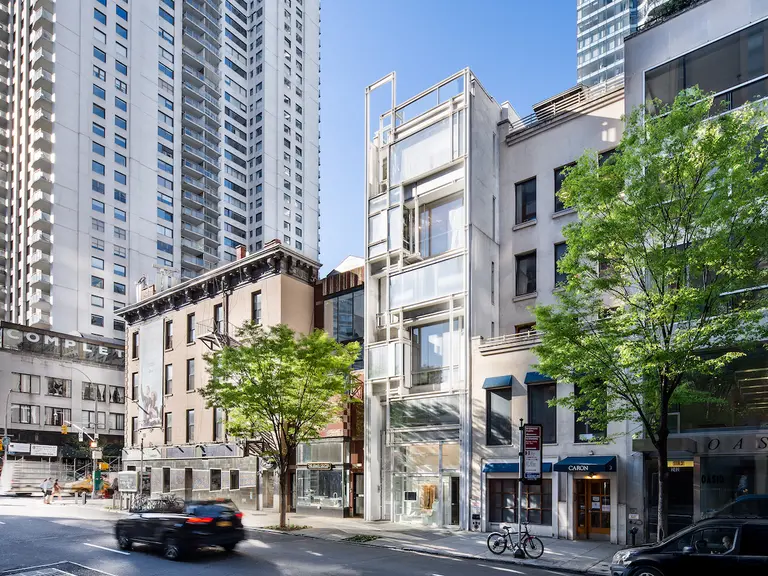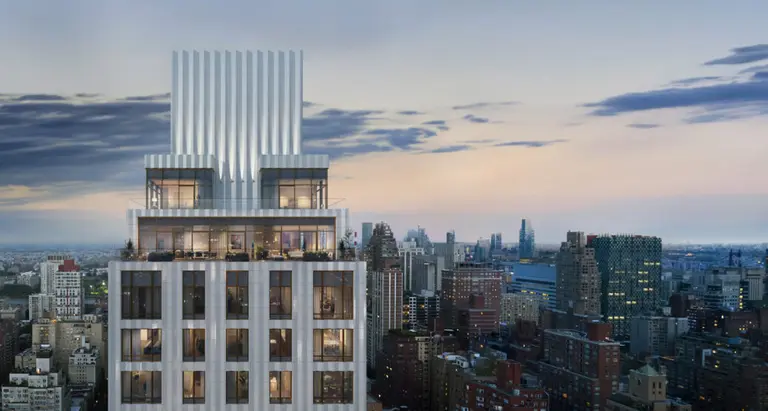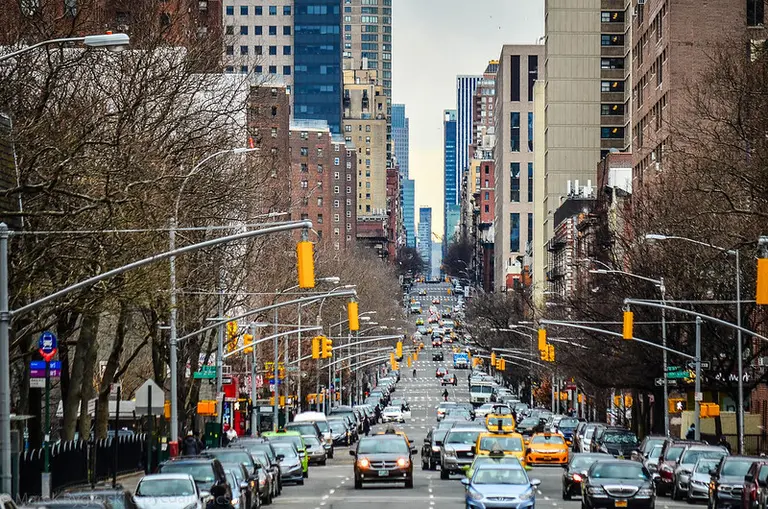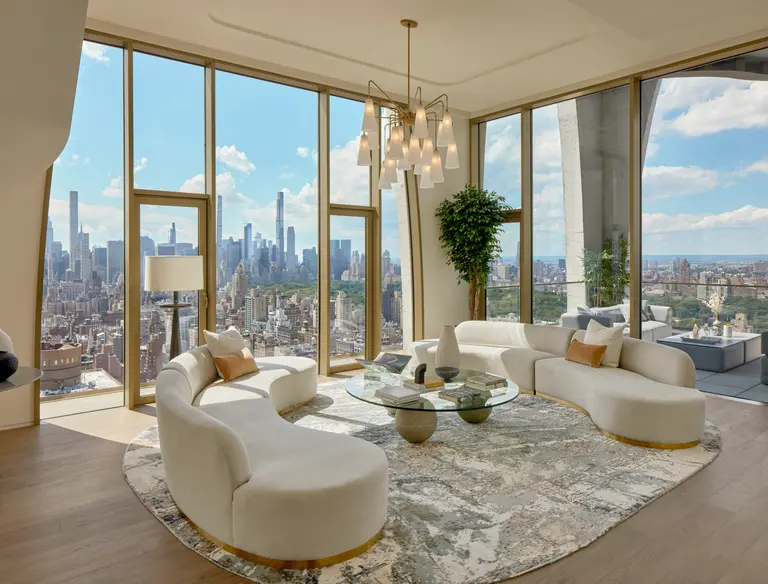Architect Rem Koolhaas turns to the countryside for answers in upcoming Guggenheim exhibition
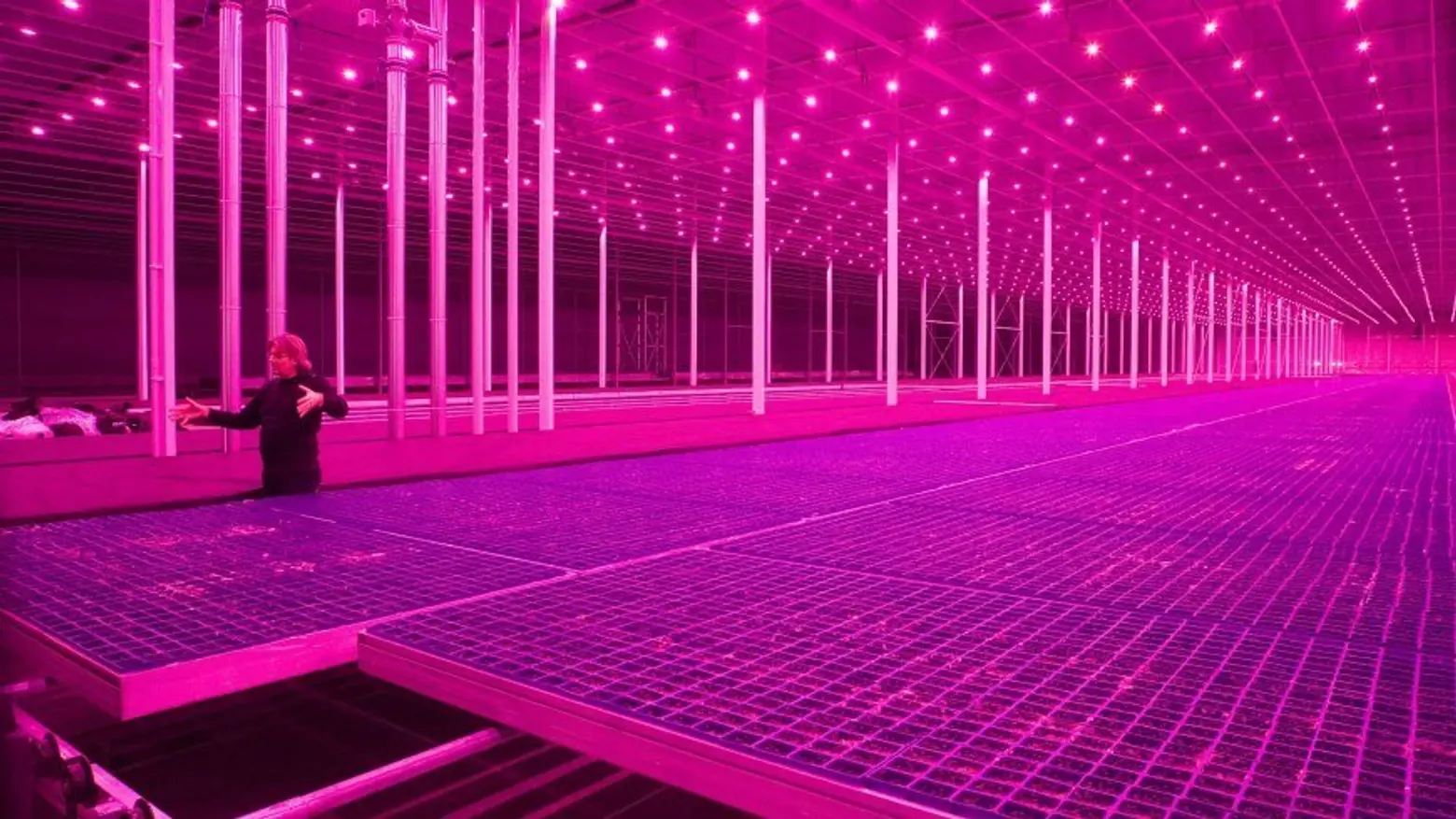
Koppert Cress, a farm in the Netherlands that uses low-energy magenta LED lamps in its greenhouses. Photo credit: Pieternel van Velden, courtesy of Guggenheim Museum.
World renowned Dutch architect Rem Koolhaas, known for being both innovative and committed to urban living, has turned his eye toward a new frontier–literally. The focus of the peripatetic starchitect’s upcoming 2019 exhibition, titled “Countryside: Future of the World,” to be installed in the spiral rotunda at the Guggenheim Museum, will be the world’s rural landscapes and how they have been altered by technology, migration and climate change. According to the New York Times, Koolhaas asks us to consider the countryside–that is, “anything but the city,” for reasons of architecture, culture–and politics, in light of events like Brexit and President Trump’s election.
Troy Conrad Therrien, the Guggenheim’s first curator for architecture and digital initiatives, who is curating the project, says the architect points to the political consequences of ignoring the countryside. Koolhaas’ new rural obsession was sparked by the role that small-town America played in the presidential election though the idea struck him several years ago after he, along with AMO, the research arm of his firm, Office of Metropolitan Architecture (OMA), and his students at Harvard’s Graduate School of Design began to look at changes to rural environments on each continent.
For example, agriculture in Russia has migrated north due to melting permafrost, Mr. Koolhaas said, while airport closures have caused farming communities to grow increasingly isolated. In the United States, once-rural sections of the California-Nevada border have become “Silicon Valley’s back of house.” Koolhaas said, “You could say it’s not a city, yet,” but “the scale of development is definitely kind of urban. But it is a new kind of urban, because it will be inhabited by machines and by robots, and few people.”
According to Koolhaas, the country is part of our subconscious; he points to the way rural imagery works its way into a “rustic” aesthetic that can be found in urban gathering spots like cafes and restaurants. “It’s a very ironic situation that we are at the same time ignoring yet profoundly influenced and infiltrated by the semiotics of the countryside.”
[Via NYT]





